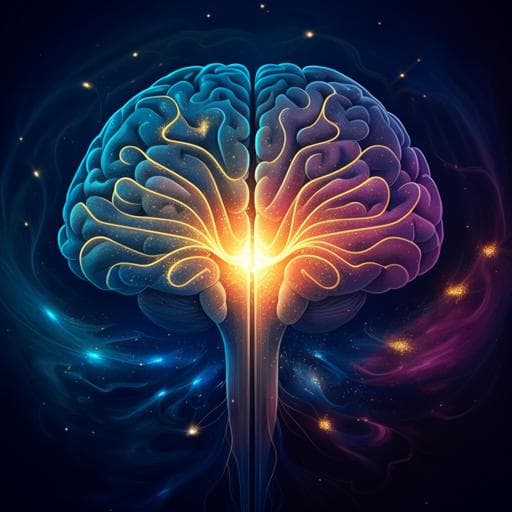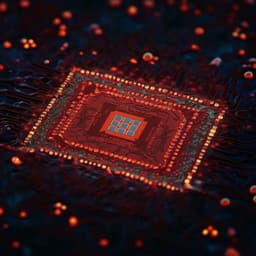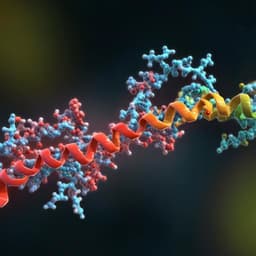
Medicine and Health
Quantifying arousal and awareness in altered states of consciousness using interpretable deep learning
M. Lee, L. R. D. Sanz, et al.
This groundbreaking research introduces the explainable consciousness indicator (ECI), utilizing deep learning to differentiate between arousal and awareness in various altered states of consciousness. By analyzing EEG responses in patients undergoing sleep, anesthesia, and severe brain injuries, the ECI reveals fascinating insights into states like ketamine-induced anesthesia, revealing the complexity of human consciousness. Discover the work of leading experts, including Minji Lee and Steven Laureys, in this innovative study.
~3 min • Beginner • English
Related Publications
Explore these studies to deepen your understanding of the subject.







